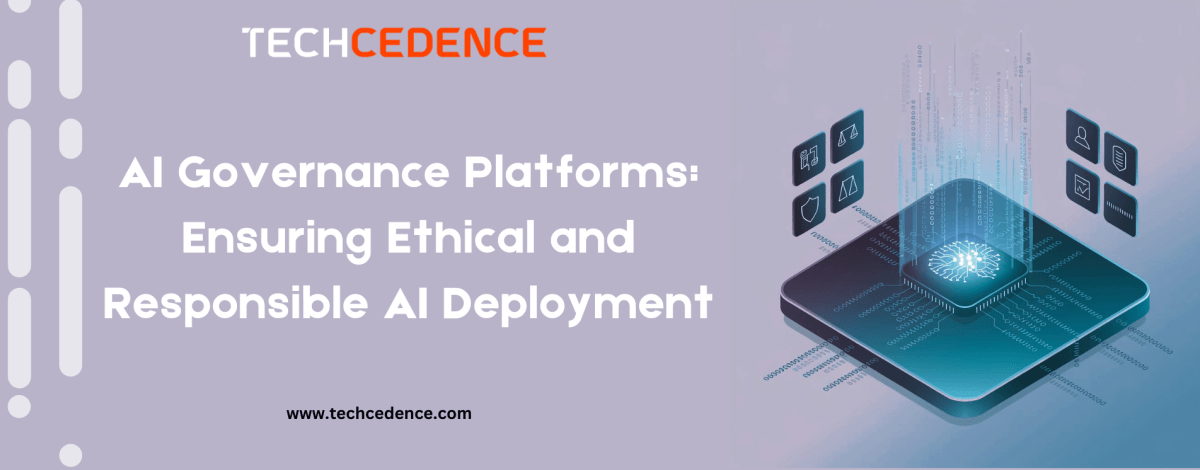In field-intensive companies, everyday activities such as client calls, sales calls, service work, and territory travel are closely tracked in activity logs. Traditionally, these have been administrative landmarks for tracking attendance, field hours, or task completion. This narrow view omits the strategic data embedded in day-to-day field data.
As the role of activity logs has evolved, organizations increasingly rely on real-time, data-informed decision-making. Field interactions, when recorded correctly and systematically analyzed, are much more than tracking operations. They generate actionable intelligence regarding team performance, customer interactions, market responsiveness, and resource utilization. Transactional information previously conceived of in a limited sense is today a critical input for business planning and strategic design. In order to realize and leverage this change, the right technology is required, i.e., field tracking software like TracSales is capable of translating raw activity into applicable business intelligence.
What Field Tracking Software Actually Captures
Today’s field tracking software is well beyond the mere tracking of location or timestamps. It records the entire picture of on-ground activities with a broad sweep of data points that cover both activity and outcome.
Visit details: When and where a field executive visited, how long they stayed, and how often repeat visits occur.
- Task completion: Which activities were performed, such as order placements, product demos, service resolutions, or customer feedback collection.
- Engagement metrics: Notes on customer interactions, outcomes of discussions, follow-up requirements, and closure rates.
- Geo-intelligence: Route history, deviations, coverage density, and unvisited zones.
- Time and effort tracking: Time spent on different tasks, idle periods, and travel duration.
- Customer data inputs: Updates to contact records, new lead entries, or changes in customer status captured in real time.
When properly collected on a regular basis, this data provides a wealth of operational trace in the field force. It provides insight into resource utilization, customer touchpoints, and where inefficiencies can be found.
Most importantly, this information is no longer isolated in disparate reports or written records. Field tracking systems such as TracSales pool it into orderly datasets that are viewable, filterable, and analyzable, clearing the way for more in-depth insights and wiser decisions.
Activity Logs as Raw Business Signals
When ordered and consolidated, activity logs begin to reveal more than simple operating data; they begin to reveal patterns, interrelationships, and gaps critical to business performance. These logs, when examined collectively and not individually, become raw business indicators that point toward underlying conditions in the field. Such as,
- Ongoing delays in follow-ups might suggest process inefficiencies or inadequate training.
- Repeated visits by customers without conversion can point to ineffective pitches or product mismatches.
- Uneven visit distribution between territories may indicate suboptimal path planning or unbalanced workload allocation.
- Reduced client time can reflect disengagement, representative fatigue, or territory saturation.
Field tracking software exposes these trends by aggregating daily logs by time periods, locations, and teams. It allows managers to spot trends early, not just in sales outcomes but also in the behavior and activity that cause outcomes.
This visibility, based on data, enables management to shift from being reactive to proactive. Instead of waiting until month-end reporting to discover a performance problem, companies can now track real-time measures and fix issues before they become big problems. Field activity logs, when correctly interpreted, act as operational indicators alerting businesses to what’s working, what’s not, and where corrective action is needed.
Enabling Resource Planning and Coaching
When field data is gathered and analyzed effectively, it is a solid basis for targeted performance improvement and smarter resource allocation. Rather than anecdotal recommendations or generic KPIs, managers get objective, field-level intelligence to make better decisions.
Performance Coaching Supported by Actual Metrics
Field tracking software highlights each staff member’s performance against the key parameters such as visit rate, average task duration, conversion, and customer revisit. This enables managers to:
- Identify high performers and decode the behaviors driving their success
- Catch underperformance early and treat with personalized support
- Set realistic, data-aligned goals for individuals and teams
- Ensure accountability through transparent tracking
Coaching is a better instrument if it is based on actual groundwork and not on assumptions or reports compiled. It also instills confidence as it is fact-based feedback and not opinion.
Route Optimization and Workload Assignment
With geolocation information in real-time and historical behavior, managers can improve route planning, eliminate redundant travel, and maximize territory balance. Field tracking features reveal:
- Overlapping routes or underutilized areas
- Regions requiring a higher frequency of engagement
- Opportunities to cluster appointments and reduce idle time
This improves productivity, reduces traveling costs, and promotes equitable workload distribution, resulting in worker satisfaction and organizational efficiency.
Conclusion
By connecting field operations with robust data signals, businesses are moving toward a culture of continuous improvement where processes and people are shaped by knowledge, not speculation. Field tracking software is not just a monitoring tool anymore it is a business enabler. By transforming routine activity logs into structured, actionable intelligence, businesses gain the visibility required to coach more effectively, invest resources better, and respond to field realities accurately. When every single data point is monitored, measured, and linked to business goals, what used to be operational noise turns into a powerful signal for growth and performance.









